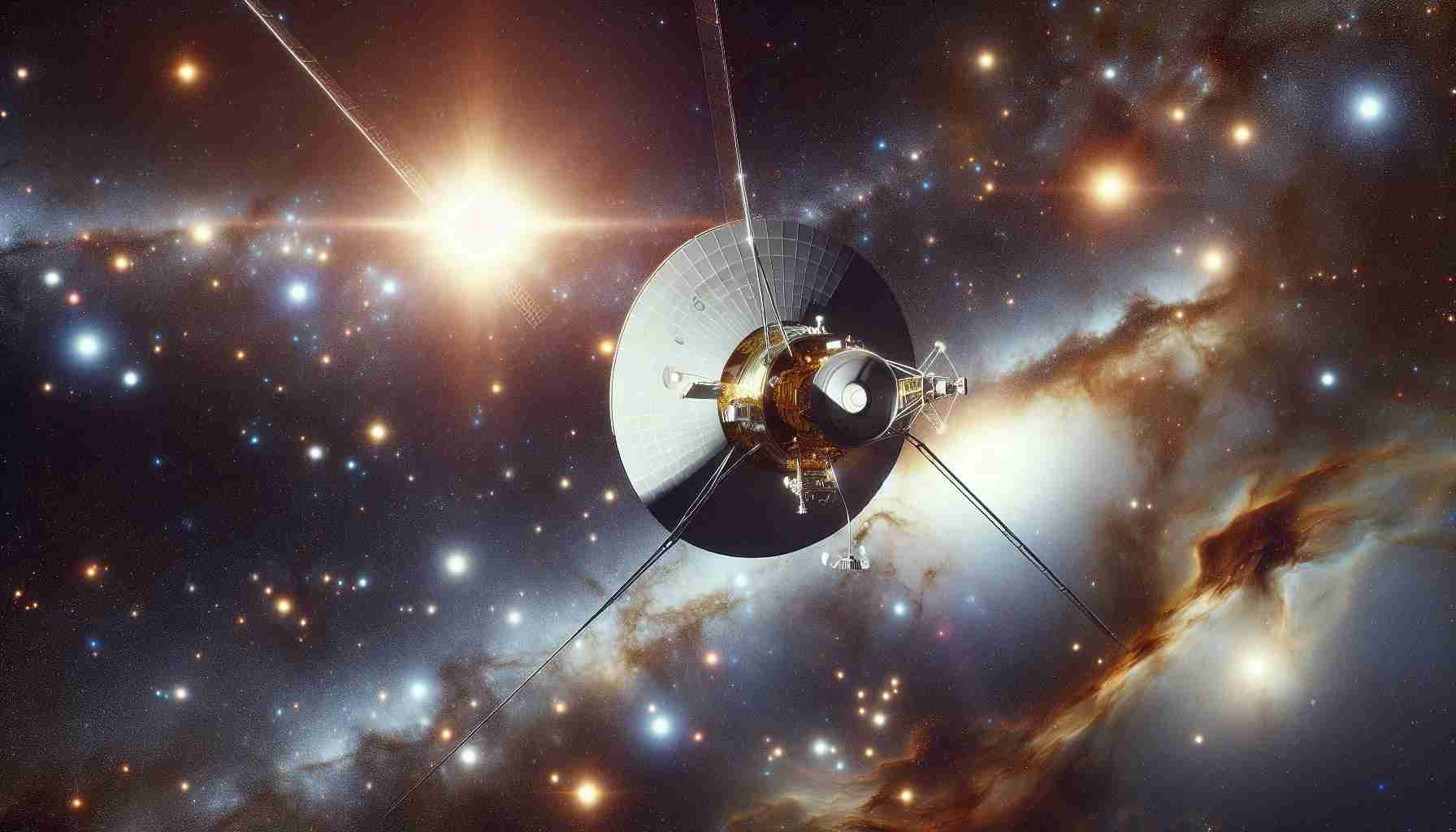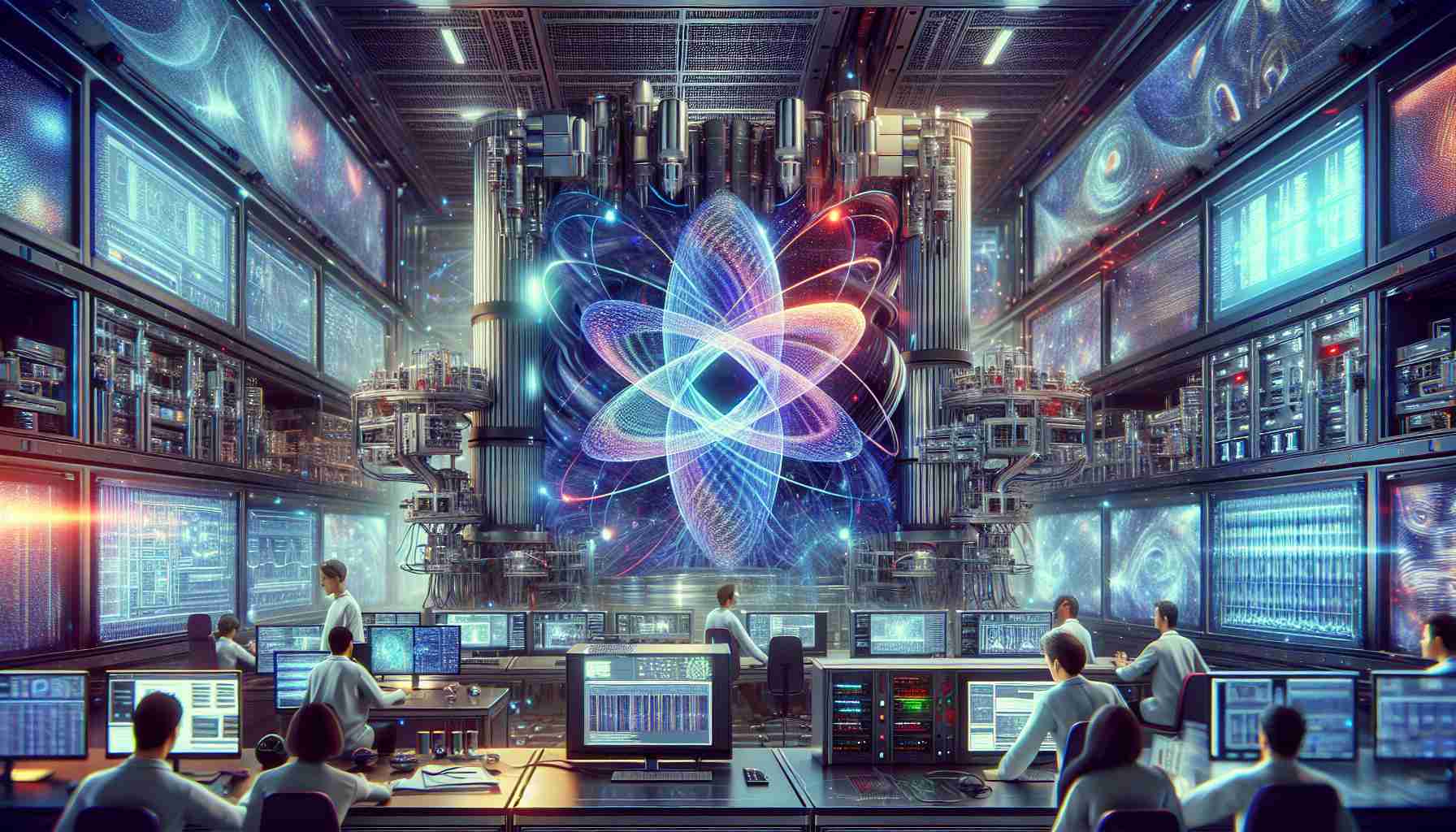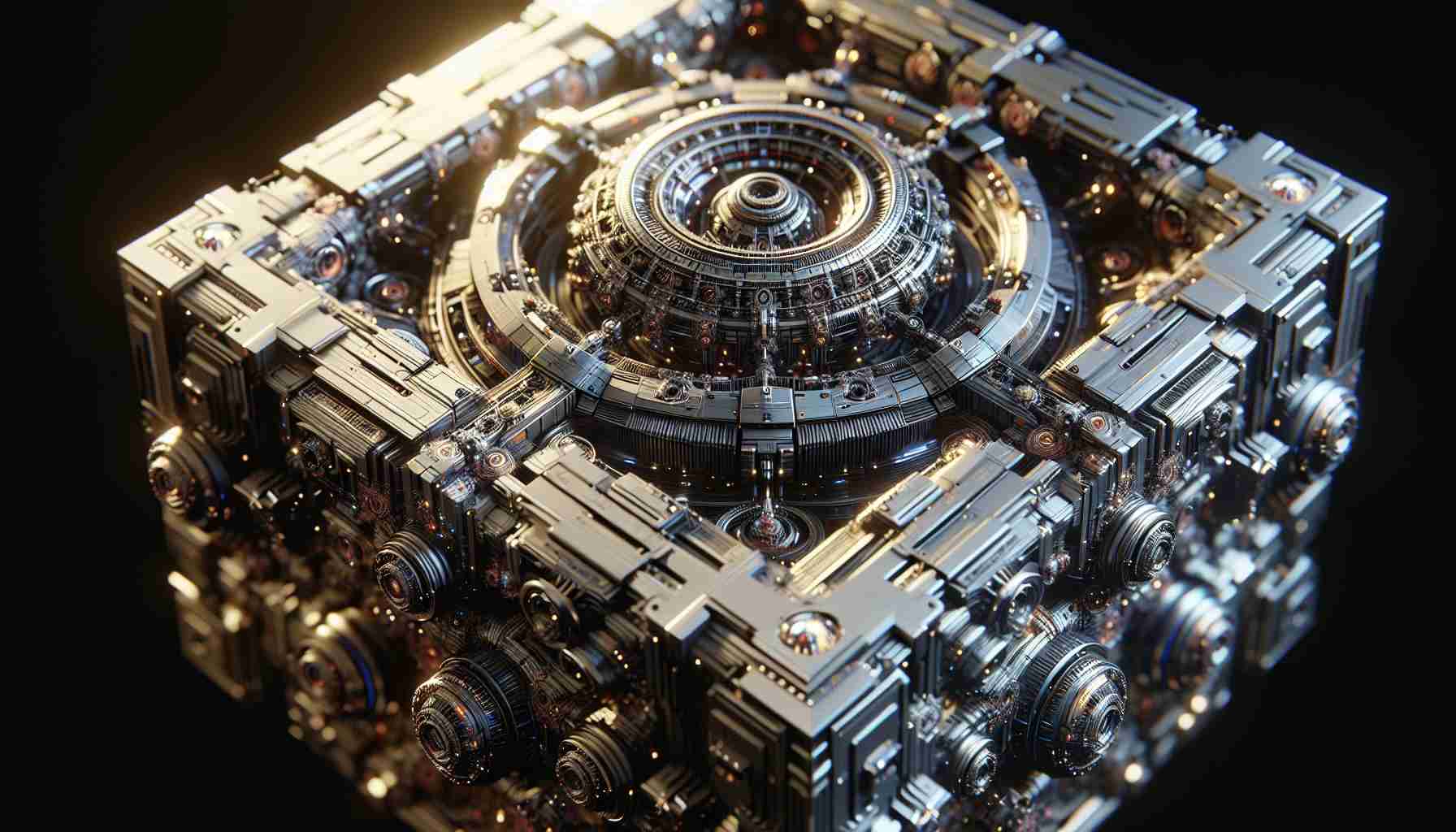An Issue of Distance
The spacecraft Voyager 1, which has been exploring space for nearly five decades, recently faced a communication problem with NASA, hindering its connection with the historic mission. Despite being billions of kilometers away in interstellar space, engineers are working to address the technical issue.
Embracing Aging Components
Voyager 1, launched in 1977, now relies on a transmitter that had not been in use since 1981 to communicate with Earth. As the spacecraft ages, engineers have been gradually switching off components to conserve power, allowing Voyager 1 to continue transmitting unique scientific data from a distance of 24 billion kilometers.
A Journey Beyond Our Solar System
Operating beyond the heliosphere, the magnetic bubble surrounding our solar system, Voyager 1 gathers data directly from interstellar space. Despite recent challenges, the Voyager team remains committed to finding innovative solutions for the spacecraft to navigate uncharted cosmic territories.
Addressing Radio Failures
Occasionally, engineers send commands for Voyager 1 to activate heaters to mitigate radiation damage to its components. Messages are relayed to the spacecraft from NASA’s Jet Propulsion Laboratory in California through the agency’s Deep Space Network. While recent radio failures have caused interruptions, efforts are underway to restore communications and resolve technical glitches.
Continued Efforts and Hurdles
As the team works to resolve the latest setback with Voyager 1, the mission continues to showcase the resilience and determination of human exploration in the vast expanse of space. The challenges encountered along the way serve as a testament to the dedication and ingenuity of the Voyager team.
Unveiling New Depths of Voyager 1’s Journey
As Voyager 1 embarks on its unparalleled odyssey through the cosmos, there are essential questions that arise amid the vastness of space. How has Voyager 1 managed to withstand the harsh conditions of interstellar space for so long? What groundbreaking discoveries have been made during its mission beyond our solar system?
Uncovering Key Milestones
One of the most remarkable feats of Voyager 1 is its ability to withstand the extreme conditions of space despite being decades beyond its expected lifespan. The spacecraft’s durable design and the dedication of the engineering team have enabled it to continue its mission of exploration far beyond its initial objectives.
Throughout its journey, Voyager 1 has made significant discoveries, including providing invaluable data on the boundaries of our solar system and the nature of interstellar space. Its observations have enhanced our understanding of cosmic phenomena and have contributed to various fields of astrophysics.
Addressing Challenges and Controversies
Despite its remarkable resilience, Voyager 1 faces a range of challenges as it navigates through the cosmos. One key issue is the gradual deterioration of its aging components, which requires innovative solutions to maintain functionality and transmit crucial scientific data back to Earth.
There are also controversies surrounding the ethical considerations of potentially encountering extraterrestrial life forms. The Voyager team must grapple with the implications of such a discovery and prepare protocols for communication, should contact ever be established with intelligent beings from other worlds.
Advantages and Disadvantages
The enduring success of Voyager 1 lies in its ability to push the boundaries of human exploration and scientific discovery, providing a wealth of data that continues to enrich our knowledge of the universe. Its longevity and resilience serve as a testament to human ingenuity and the spirit of exploration.
However, the challenges associated with maintaining communication with Voyager 1, particularly as it ventures further into uncharted cosmic territories, highlight the complexities of managing a mission of this scale over such vast distances. Ensuring the longevity of the spacecraft and the continuity of its mission require ongoing dedication and innovation.
For further insights into the Voyager missions and the latest updates on Voyager 1’s journey through the cosmos, visit NASA’s official website.
In conclusion, Voyager 1 continues to inspire awe and curiosity as it pushes the boundaries of human exploration into the unknown depths of space. The challenges and triumphs of this historic mission serve as a reminder of our relentless pursuit of knowledge and our enduring quest to unravel the mysteries of the cosmos.












